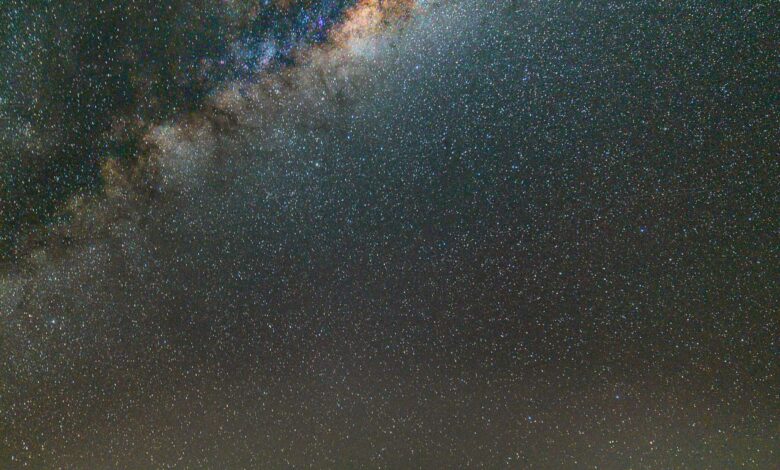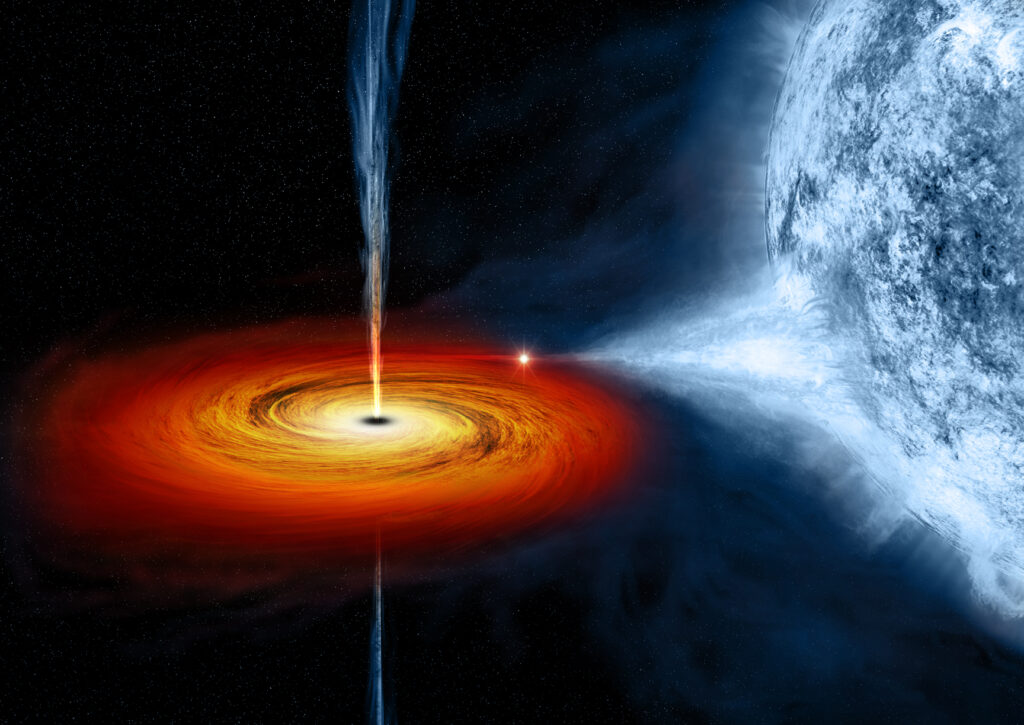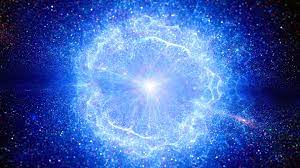Understanding Space – The Science Behind the birth of a Black Hole

What the heck is a Supernova?
In short, a Supernova is the explosion of a massive star. Stars are giant creatures that are born, live and die in the end, just like humans. The only difference is some stars die by fading, and others end burn out.
When a massive star (at least five times the mass of the sun) ends its life in a giant explosion, it is known as a supernova. A supernova is one of the colossal explosions that humans have ever seen, and this collapse gives birth to a neutron star or black hole.
Black Hole and Supernova

Massive stars (at least 5 times massive than the sun) at the end of their life explode into a Supernova and then collapses to form a dense mass known as a Black Hole. As the name suggests, this black hole is entirely dark and shady, with a strong gravitational force that even light can’t escape through it.
A black hole is nothing but the dense remnant formed by the explosion of stars. These explosions take place in distant galaxies that make their remnants hard to spot. But this time, astronomers have seen one inside a rare failed Stellar Explosion.
Observing this rarest of rare scenario Anna Ho, an astrophysicist at the University of California Berkeley says, “If the finding is correct, it would be one of the very first times we’ve seen direct evidence for a star collapsing and forming one of these compact objects,”
Witnessing the formation of a Black Hole – is this the first-ever stellar explosion?

Many stellar explosions have occurred in the past–The Cow, Camel, the Koala and CSS161010. All these events had similar properties and were considered as the Supernova Failed Hypothesis.
This event differs from the prior ones. As per the current research, this could be the formation of a Blackhole from the Stellar explosion.
How long does a Neutron Star or Black Hole take to form a Supernova?
One common question that comes to everyone’s mind after reading about Supernova and Black Hole.
Blackholes are formed by the remnants of Supernova. The stars, which are not big enough to make the Blackhole, end up collapsing into a dense structure of mass known as Neutron Star.
The Supernova that forms Blackhole follows different life cycles that depend on the size of the star. If the star is massive, it collapses directly to form a black hole in less than half a second after a Supernova Explosion. Also, a neutron star can create a black hole where the neutron star collapses into a black hole and releases tremendous energy by merging with other companion stars and exceeding the neutron mass limit. This process takes millions of years, depending upon the time neutron star takes to exceed its mass limit. Once it achieves that, the black hole is formed within seconds.
Failed Supernova Hypothesis

When a massive star (around 20 times the mass of our sun) reaches the end of its life and exhausts its fuel, its core collapses and forms a supernova, where infalling mass bounces back, leaving behind a dense material known as a neutron star. This formation of a neutron star instead of a black hole is known as Failed Supernova Hypothesis.
“The Cow”
In 2018, astronomers found a strange explosion in a galaxy 200 million light-years away. What shocked them the most, is that the explosion was unlike any supernova seen before. It was much brighter and briefer than the earlier seen explosions. The event was given an official name, AT2018cow, but later on called: the Cow.
This transient event was explained differently by different scientists. For some, it was a star being broken by a nearby black hole, while some others considered it as a “failed supernova” scenario.
The only thing they were looking forward is to more COW like events.
The Camel
On October 12, 2020, another event was observed in a galaxy 3 billion light-years away. It became incredibly bright, then disappeared from view. As per the astronomers, it behaved almost similar to the Cow. It leads them to the conclusion that it must be the same type of episode.
With that, it was also given an animal-inspired name: the Camel.
Deanne Coppejans, an astrophysicist at Northwestern University, said, “The discovery of a new transient like AT2018cow shows that it’s not a complete oddball. It is a new type of transient that we’re looking at.”
Both Camel and the Cow have identical properties, becoming brighter and then losing their charm in a brief period. The glowing range and the dimming speed for these events are both insane. They shine about 100 times brighter than other supernovas. Also, fades within 3-4 days.
Discoveries made before the Cow and the Camel


To make more discoveries, scientists looked through historical data to find additional Cow-like events. What they found is the “Koala” and CSS161010.
So, after all the research work, it was concluded that all four events (Cow, Camel, Koala, and CSS161010) have similar properties. They quickly get bright, then fade fast. They’re also hot and appear blue.
According to Anna Ho, an astrophysicist at the University of California, Berkeley, “The explosion itself and the sort of zombie afterlife behavior, those are quite similar,”
In short, they also were concluded to be a failed supernova – Neutron star that forms the black hole after merging with companion stars.
Unusual Findings from the Camel and the Cow.
In standard scenarios of the failed Supernova, the core collapses but in these four cases, “something unusual happens in the process to core collapse,” said Perley. “What we claim is that instead of collapsing to a neutron star, it collapsed straight into a black hole, and most of the star fell into the black hole.”
As the black hole gulps the star’s outer layers, it results in a rapid spin, producing powerful jets from the poles. What we observe in the sky is this explosion of light caused by the Jet.
What’s buzzing next?
With advancements in technology, it is becoming easier to spot these events.
A scientist Ho said, “Initially we were just looking for events that brightened quickly,” “Since then, we’ve learned that Cow-like objects not only brighten quickly, they also fade quickly.”
“It’s an example of how, when we observe the sky, we find things that are utterly unexpected,” said Ho.
All we are looking forward is to exploring more of these events and studying them in-depth.




